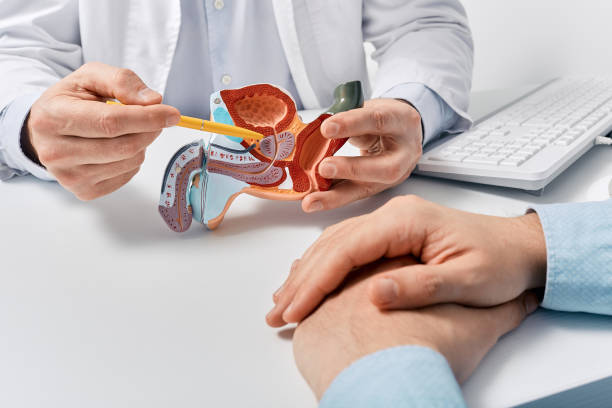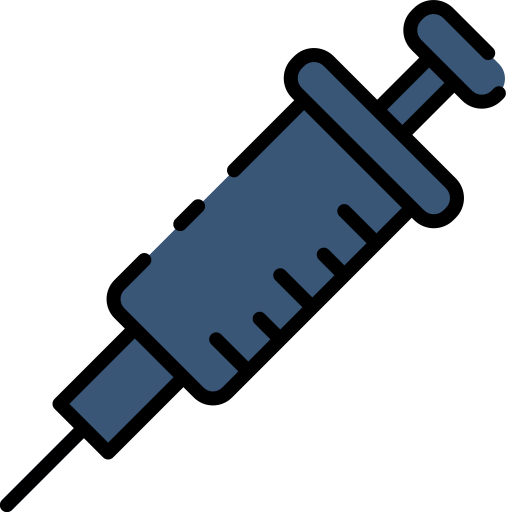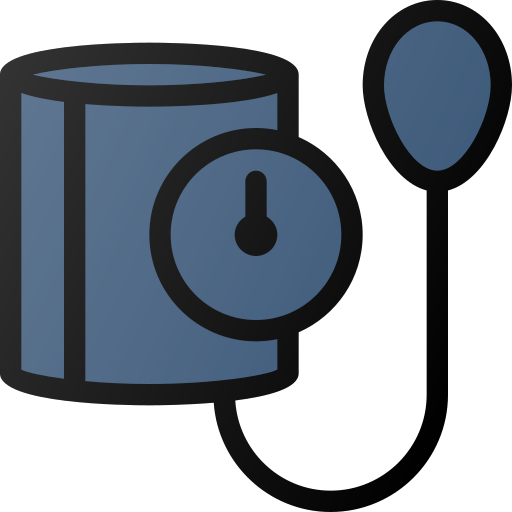Erectile Dysfunction
Erectile dysfunction is a medical condition affecting more than 30 million men worldwide. Erectile dysfunction is characterized by the consistent inability to achieve or maintain an erection sufficient for sexual intercourse.
Erectile dysfunction affects men of all ages but is more common with increasing age. Various factors contribute to the development of erectile dysfunction, where the risk of development is high following prostatectomy, but also conditions like diabetes, cardiovascular disease, and hormonal imbalances increase the risk.
Erectile dysfunction impacts both physical health, emotional well-being and relationships, which highlight the importance of addressing both the physical and psychological aspects when treating erectile dysfunction.

Currently no curative treatment is available for erectile dysfunction.
To meet this need, we are developing the Blue Cell therapy.
Current treatments available
It is crucial to consult a healthcare provider to determine the underlying cause of erectile dysfunction and discuss the most appropriate treatment options. The appropriate treatment for erectile dysfunction will be tailored to the specific situation, taking into account health, preferences, and any contra indications to individual treatments.
Erectile Dysfunction







